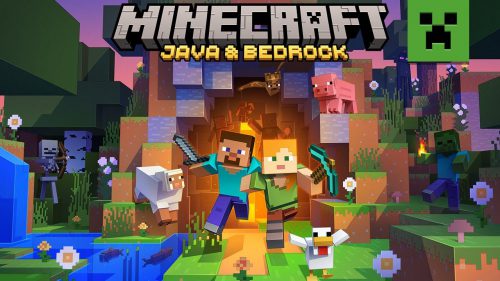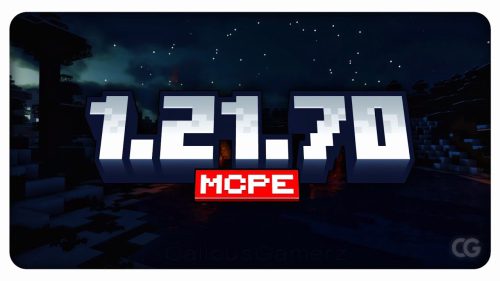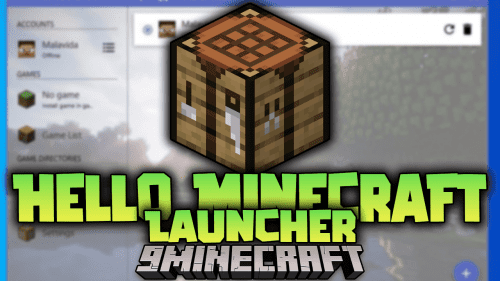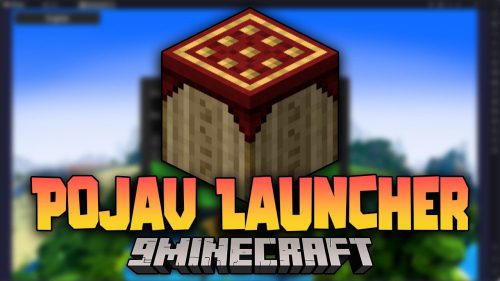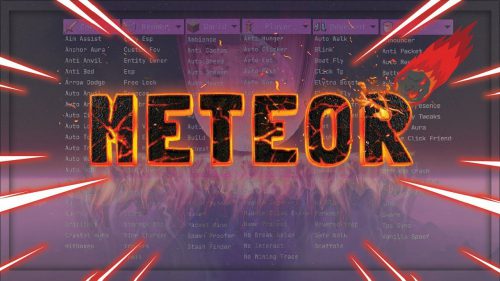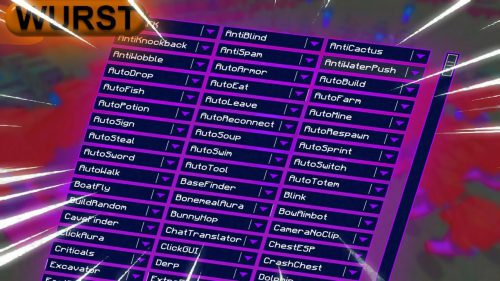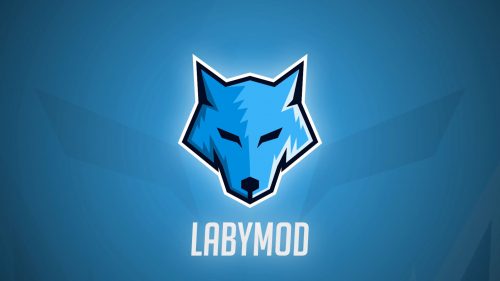NBT Tags for Fox – Wiki Guide
This Minecraft tutorial explains the NBT tags (formerly called data tags) that you can use for a fox in Minecraft Java Edition (PC/Mac) 1.16, 1.17, 1.18, 1.19 and 1.20.
TIP: If you are not running Minecraft Java Edition (PC/Mac) 1.16/1.17/1.18/1.19/1.20, find NBT tags for fox in another version of Minecraft:
- Java Edition (PC/Mac) 1.14/1.15
Background
In Minecraft Java Edition 1.16, 1.17, 1.18, 1.19 and 1.20, the entity value for a fox is fox. The fox entity has a unique set of NBT tags that can be used in Minecraft commands such as: /summon and /data.
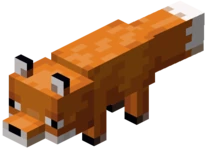
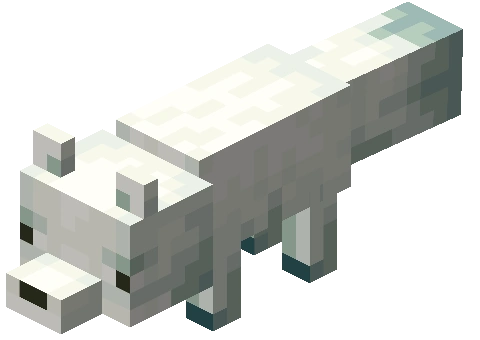
What are NBT tags (formerly called Data Tags)?
NBT tags allow you to set certain properties of an entity (such as fox). The NBT tag is always surrounded in {} such as {Type:red}. If there is more than one NBT tag used in a game command, the NBT tags are separated by a comma such as {Type:red, NoAI:1}.
List of NBT Tags
Here is a list of the NBT tags that you can use for fox in Minecraft Java Edition (PC/Mac) 1.16, 1.17, 1.18, 1.19 and 1.20:
| NBT Tag | Value (Description) | Works With |
|---|---|---|
| Type | red (Red fox) snow (Snowy fox) Example |
/summon /data |
| CanPickUpLoot |
0 (The fox can not pick up loot off the ground in its mouth) Example |
/summon /data |
| Sleeping |
0 (The fox is not sleeping) Example |
/summon /data |
| Crouching |
0 (The fox is not crouching) Example |
/summon /data |
| Sitting |
0 (The fox is standing) Example |
/summon /data |
| InLove |
ticks (The number of game ticks that the fox is in love mode and will try to breed with another fox) Example |
/summon /data |
| Age |
ticks (The age of the fox in game ticks. Use 0 or higher for an adult. Use a negative number such as -25000 for a baby.) Example |
/summon /data |
| ForcedAge |
ticks (When a baby fox matures, the Age data tag will be set to ForcedAged. However, there have been bugs with this data tag so it may not work properly.) Example |
/summon /data |
| CustomName |
name (The name to assign to the fox) Example |
/summon /data |
| Health |
number (The number of health points the fox has) Example |
/summon /data |
| AbsorptionAmount |
number (The number of absorption health points the fox has) Example |
/summon /data |
| Invulnerable |
0 (The fox will take damage like normal) Example |
/summon /data |
| PersistenceRequired |
0 (The fox will despawn naturally) Example |
/summon /data |
| NoAI |
0 (The fox will have artificial intelligence and will move/behave like normal) Example |
/summon /data |
| Silent |
0 (The fox will make its usual noises in the game) Example |
/summon /data |
| Fire |
ticks (The number of game ticks until the fox is no longer on fire – there are 20 ticks in a second) Example |
/summon /data |
| PortalCooldown |
ticks (The number of game ticks until the fox can go through a portal again – there are 20 ticks in a second) Example |
/summon /data |
| Air |
ticks (The number of game ticks the fox has air left for) Example |
/summon /data |
| HandItems |
Items that the fox is holding in its mouth. The fox can hold up to 2 items Syntax Example |
/summon /data |
| HandDropChances |
The drop chances for each of the 2 items listed in HandItems. A value of 1.0f means 100% chance of the item being dropped when the fox is killed, 0.5f means 50%, 0.2f means 20%, and so on. Example |
/summon /data |
| id |
fox (The entity value used to represent a fox in the Passengers tag) Example |
/summon |
| Passengers |
The mob that is riding on the fox. Use the entity value for the passenger mob Example of skeleton as passenger |
/summon /data |
NBT Tag Examples
To summon a red fox:
/summon fox ~ ~ ~ {Type:red}
To summon a snowy fox that is named Scout:
/summon fox ~ ~ ~ {Type:snow, CustomName:"\"Scout\""}
Target Selectors
Before we finish discussing data tags, let’s quickly explore how to use the @e target selector. The @e target selector allows you to target entities in your commands. If you use the type=fox value, you can target foxs:
@e[type=fox]
Target Selector Examples
To change the nearest fox to a red fox:
/data merge entity @e[type=fox,limit=1,sort=nearest] {Type:red}
To kill all foxs:
/kill @e[type=fox]
Next, learn how to use the game commands in Minecraft.
Command Examples
Here are some game command examples for a fox in Minecraft:

